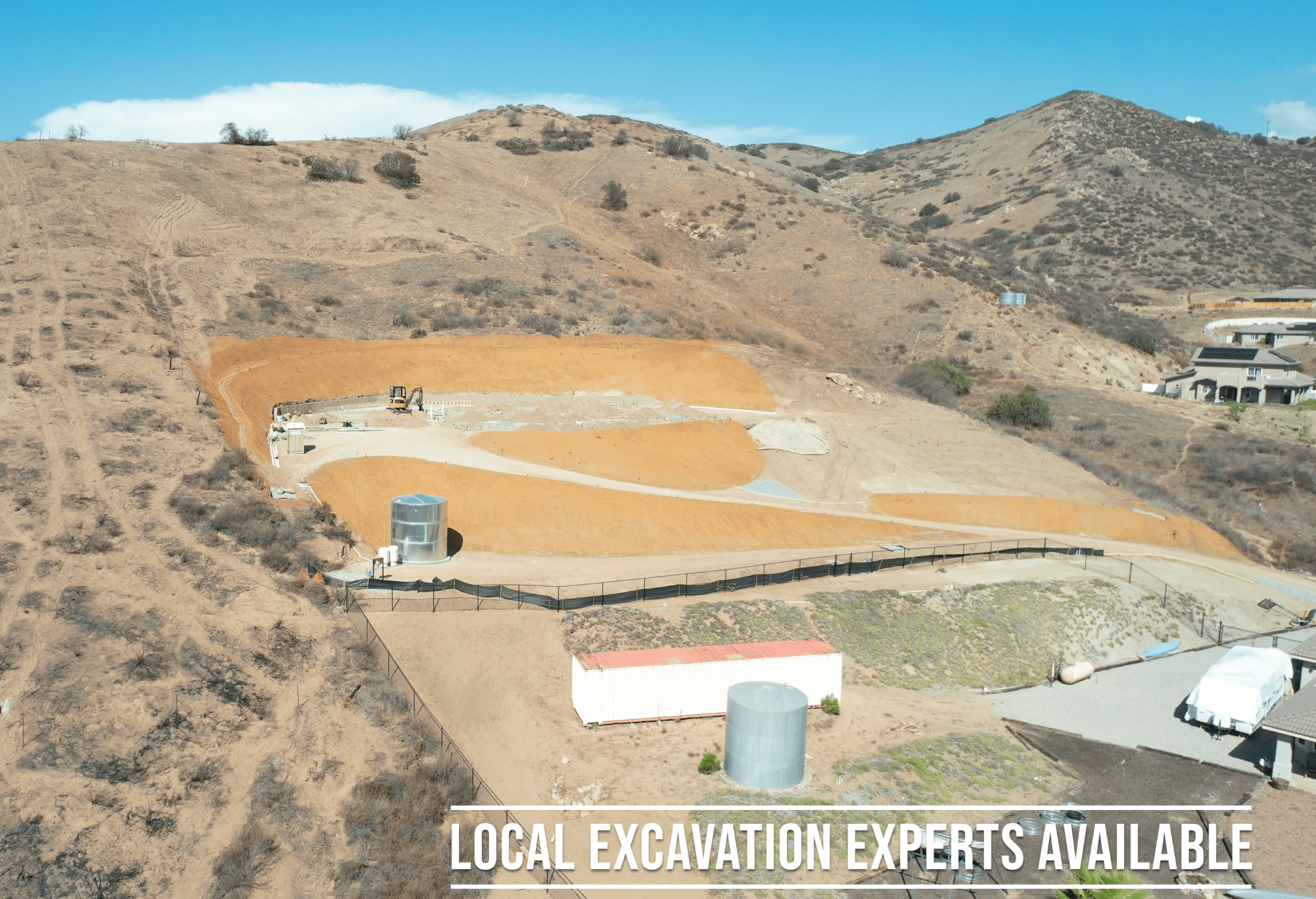
Share this article:
5 Things To Consider When Grading Vacant Land

If you’re planning on buying vacant land for your next project or investment, one important thing to consider is the grading of the land. Grading is the process of creating a level building site by removing or adding soil to the land. It’s essential to have an even surface to prevent water stagnation and erosion and to ensure that the property is structurally sound. Here are five things to think about before grading land.
1. Slope of the Land
One of the first things to consider when grading vacant land is the slope of the land. A steep slope can make it more challenging and expensive to grade. Removing or adding soil to level the ground can be more complicated and cause erosion, which can be problematic for your foundation. If the slope is too steep, you may need to consider building retaining walls, which can increase your cost.
2. Soil Type
Soil types can vary between areas, and it’s essential to know what kind of soil you’re dealing with. Some soil types, such as clay or sand, can be more complicated to grade than others. For instance, clay soil can shift over time, causing cracks in the foundation. Sand, on the other hand, can settle over time, which can result in unevenness. Knowing your soil type can help you determine how much grading work you need and the type of foundation you should use.
3. Drainage
Drainage is a crucial factor to consider before grading vacant land. Water should be drained efficiently to prevent water damage to the building site and nearby properties. Poor drainage can lead to soil erosion and foundation damage. You need to ensure that the land’s grading directs water away from the foundation and towards a nearby sewer or drain.
4. Time of Year
Grading land can be affected by the season. The best seasons to grade vacant land are spring and fall when the weather is not too dry or too wet. Wet soil can make the ground too soft, making it impossible to grade appropriately. During the dry seasons, soil can become too hard, making it difficult to move soil around. It’s essential to plan your grading project around the season.
5. Permitting
Before starting to grade your vacant land, you need to ensure that you have the correct permits. Grading and excavation projects often require local authorities to inspect the work and grant permits to start. Any violations or lack of permits can lead to fines and legal action. Therefore, it’s best to make sure that you have the right paperwork before starting any grading activities.
Grading land is a crucial step before building any property or structure. Understanding the factors listed above can help you make practical decisions, avoid costly mistakes, and ensure that your land is ready for your next investment or project. Remember to do adequate research, seek the right permits, and work with experienced contractors to ensure your land is graded safely, efficiently, and to the highest standards.
P.S. You may want to check out our other post, on top 3 things to consider when buying land. It goes hand in hand with this post. Thanks again for stopping by!

Enter Your Name and Email To Get Access To Our Current Land Inventory!
Share this article:


